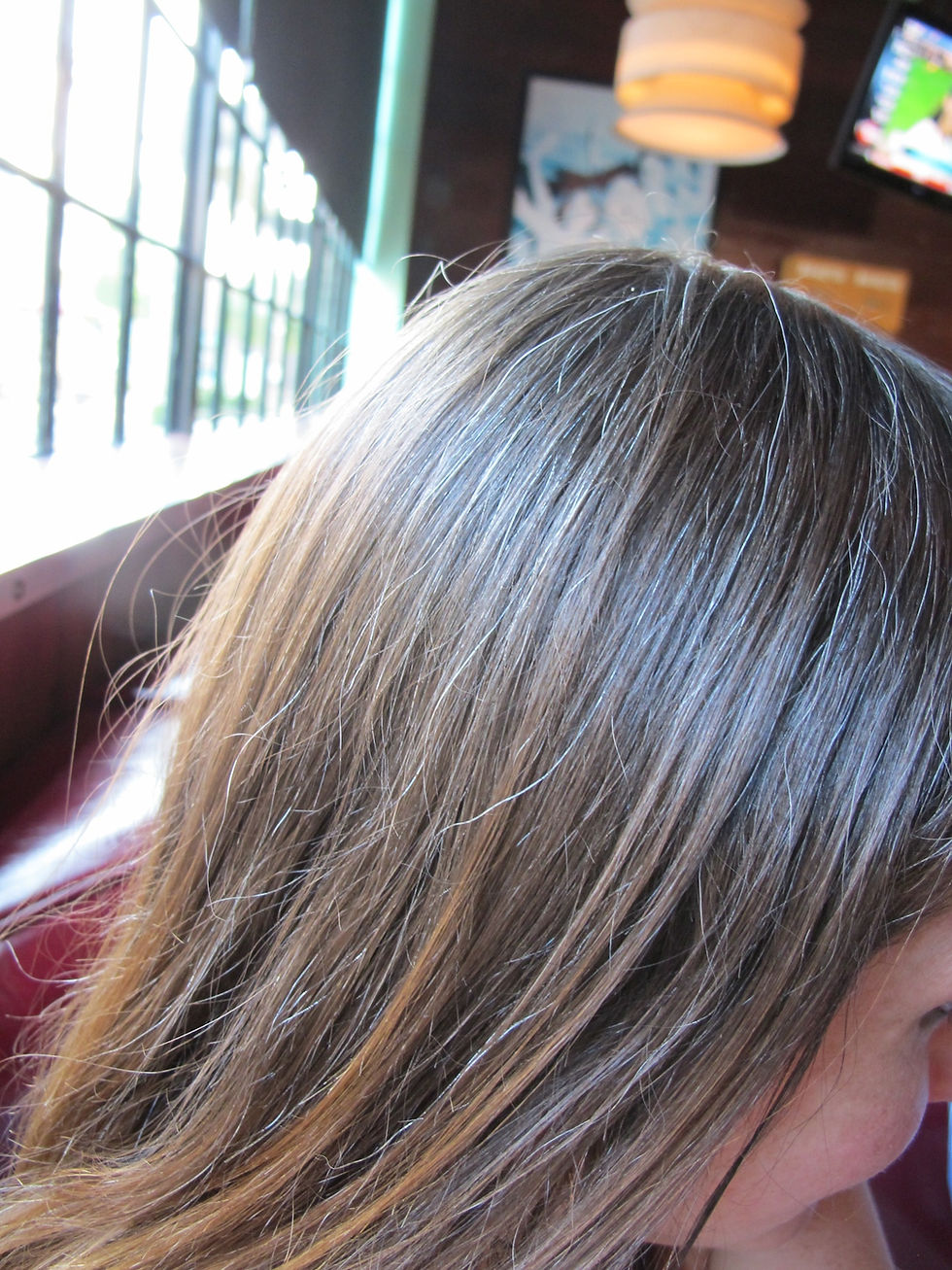Sunflowers and Nuclear Radiation
- Joanne Lee
- May 28, 2022
- 2 min read
By: Jeet Parikh

Sunflowers are fascinating organisms. They display heliotropism, a behavior where they track the sun as it moves across the sky; have been taken to space for a variety of different experiments; and contain thousands of smaller flowers embedded in the sunflower head! But possibly the most interesting fact is that they are skilled at removing radioactive toxins from soil.
The sunflower is a crucial component of phytoremediation, which uses various plants to remove or destroy contaminants in the environment. As opposed to traditional methods of soil excavation, phytoremediation is much more cost-effective, eco-friendly, and clean. Due to their nature as hyperaccumulators, sunflowers are able to take up high concentrations of toxins in their tissues, such as zinc, copper, and other radioactive elements. Their extensive root system can stretch for miles, and it is optimized for pulling substances from the soil into the plant.

In the aftermath of the Chernobyl disaster, sunflowers were placed around the site to extract radioactive cesium and strontium from nearby ponds. This worked remarkably well, because sunflowers do not differentiate between radioactive or normal materials. However, the sunflowers were less effective in soil cleaning, as the nuclear isotopes had more time to fix minerals in the soil. Sunflowers have also been used in projects to decrease lead concentration in a plot of land. In 2011, after the Fukushima nuclear reactor incident, sunflowers were used to help in the cleaning efforts for uranium, but unfortunately had less success than in Chernobyl.
Due to the diversity of sunflowers, experiments have been conducted to determine the optimized cleaning capacities of sunflowers. While perennial sunflowers are not as popular due to their invasive behavior, these specials are more effective in neutralizing a contaminated area due to their capacity to spread so quickly. Fittingly, sunflowers are also the symbol of nuclear disarmament.
Citations:
https://gardencollage.com/change/sustainability/scientists-using-sunflowers-clean-nuclear-radiation/
Images:
What Did You Learn?
Questions:
How do sunflowers clean up nuclear radiation?
Sunflowers are hyperaccumulators, which makes them specialized at absorbing a variety of metals into their tissue. Sunflowers do not differentiate between radioactive and normal materials, so when into a radioactive environment, the sunflowers simply absorb the radioactive material and store it in their tissue. This is part of a process called phytoremediation.
What type of sunflower is most effective at cleaning up toxins?
Perennial sunflowers are the most effective at cleaning up toxins. While they are not as popular because of their invasive nature, this same mechanism serves as an advantage in cleaning up toxins, as it allows the plant to spread itself across the contaminated landscape.




Comments